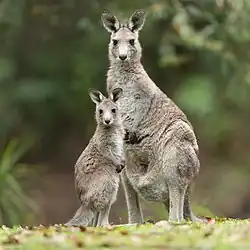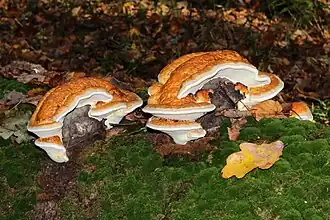Hafan
|
Croeso i: Wicirywogaeth |
Fforio'r tacson
|
Archwiliwch Wicirywogaeth
Cydweithio gyda ZooKeys Cyhoeddwyd y byddwn yn cydweithio gyda ZooKeys. Mae PhytoKeys hefyd wedi ymuno gyda'r prosiect ers Tachwedd 2010. Mae lluniau a delweddau ZooKeys a PhytoKeys yn cael eu huwchlwytho i Gomin Wicimedia a'u defnyddio ar Wicirywogaeth. Awduron o nodAdriana Hoffmann Jacoby As a Chilean botanist and environmentalist, Adriana Hoffmann Jacoby has authored over a dozen books on the flora of Chile and has identified and classified more than 100 new species of cacti. She was Chile's Environment Minister in 2000 and 2001. She has advocated for the sustainable management and protection of Chilean forests, leading opposition to illegal logging in her role as coordinator of Defensores del Bosque Chileno (Defenders of the Chilean Forest) since 1992. Hoffmann was recognized by the United Nations in 1997 as one of the 25 leading environmentalists of the decade for her efforts to protect Chile's forests. In 1999 she won the National Environmental Prize in the category of Environmental Education, awarded by Comisión Nacional del Medio Ambiente (CONAMA). For her research into Chilean flora and her work in environmental education, Hoffmann received the Luis Oyarzún Award from the Austral University of Chile in 2003. She received a Fellow Award from the Cactus and Succulent Society of America in 2009. Hoffmann has also served on the judging panel for the United Nations Environment Programme's Sasakawa Prize.See also: Distinguished authors of previous months. |
Species of the monthCommon European Glowworm
Lampyris noctiluca (Linnaeus, 1758) Some facts about this beetle:
Average Size: The adult female is 12–20 mm long, while males rarely grow longer than 10 mm. The larvae are often only a few milimeters long. |
|
Wikispecies is hosted by the non-profit Wikimedia Foundation, along with several other multilingual and free-content projects:
|



_by_Nick_Hobgood.jpg)


_mating.jpg)
